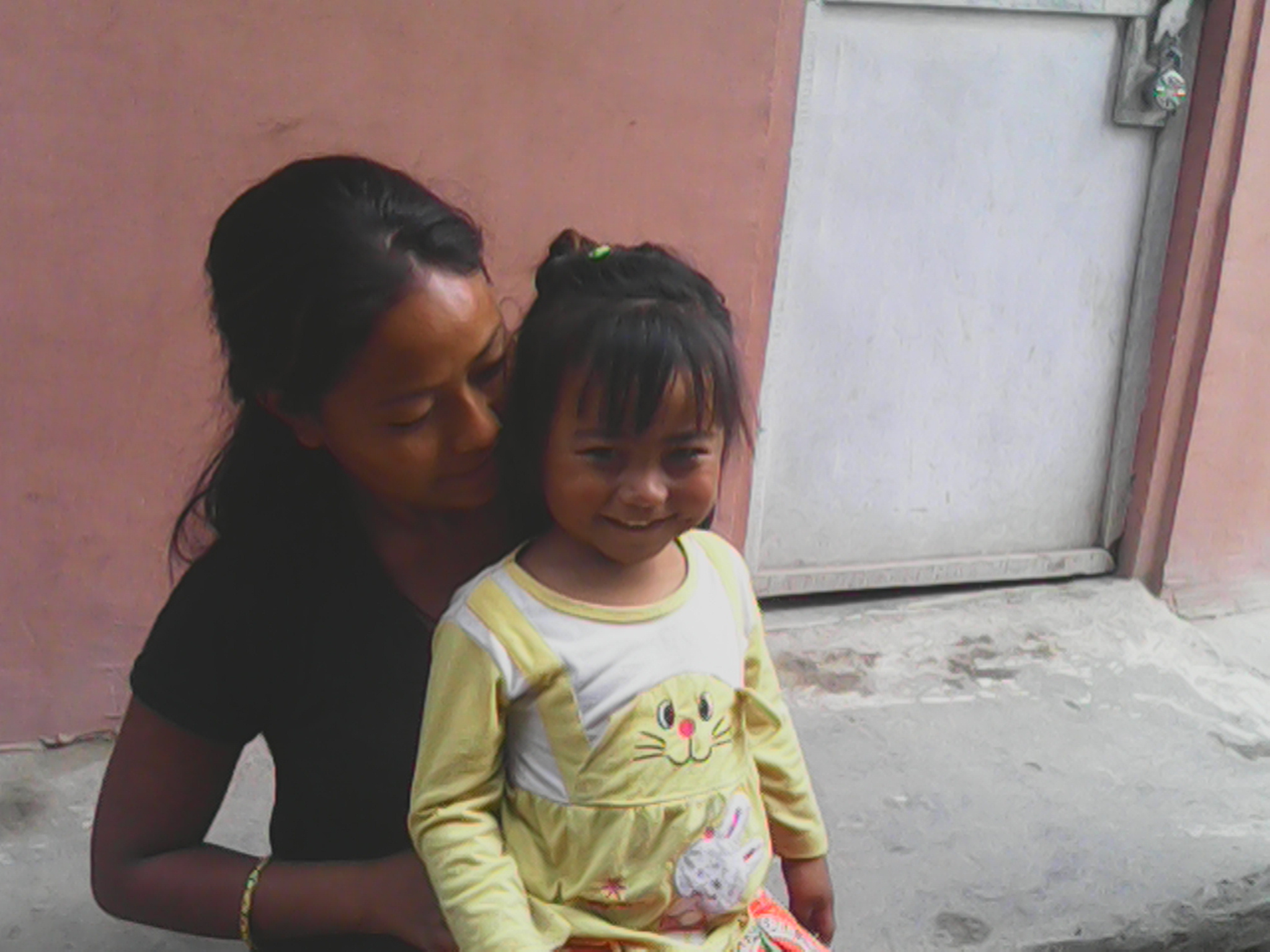Citizen Report
Amplifying the local voices
“We should be careful consuming water. We should drink safe water and adopt measures to purify water. Therefore safety should be considered to ensure water is safe and drinkable” says Manorath Bajgain, Senior Lab Technician, ENPHO. His message is crystal clear but according to the department of water supply and sewerage in Nepal, though an estimated 80% people of the total population has access to drinking water; the water might not be safe. In most cases, marginalized population living in rural areas has limited access to the water, let alone safe water. People living in remote areas have to depend on small streams running from the mountain and spend hours to get water. Further, only 27% of the population has access to sanitation. Similarly, more than 44,000 children die every year in Nepal from waterborne disease.
Read more: Amplifying the local voicesRainwater Harvesting: A better solution to urban water scarcity
Since a very long time, urban areas have been facing the issue of water scarcity.
My son Dropped out from the school
 “My youngest son dropped out as I was sick and he had to take care of me though I would like him to continue his education.”
“My youngest son dropped out as I was sick and he had to take care of me though I would like him to continue his education.”
A Flower-selling Girl
In front of the Pashupatinath Temple, there are many stalls of flowers and other worship materials. Susma is a stall holder. A girl of medium height, fair complexion, and long hair seems odd among the other old ladies. The girl used to be very busy with her regular costumers before the earthquake. Since the earthquake, her business has fallen to pieces.
Read more: A Flower-selling Girl



